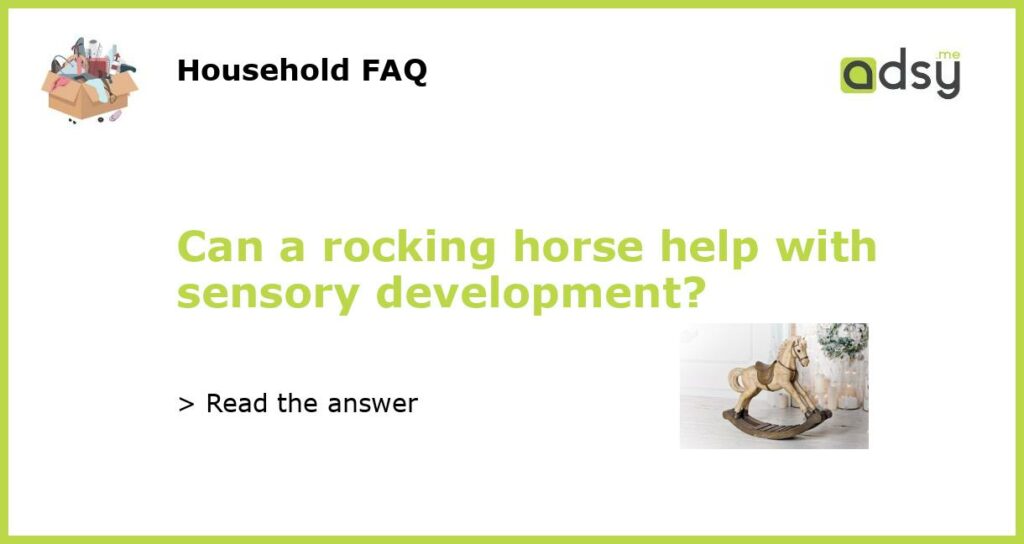What is sensory development?
Sensory development refers to the process by which a child learns to use their five senses – sight, hearing, taste, touch, and smell – to explore and understand the world around them. It plays a crucial role in cognitive development, as it helps children to gather information, make sense of their surroundings, and develop important skills such as coordination and balance.
How does sensory development happen?
Sensory development starts from birth, as infants begin to take in and process information from their environment. As they grow and develop, their abilities to process sensory input become more refined. For example, newborns can only see objects that are close to them, but as they grow, their visual acuity improves, and they can see things that are further away.
Sensory development is influenced by a variety of factors, including genetics, environment, and early experiences. Babies and young children need a range of sensory experiences in order to develop their senses and learn to interpret sensory input. This can include activities such as exploring different textures, listening to different sounds, and experiencing different tastes and smells.
The benefits of rocking horses for sensory development
Rocking horses have been a popular toy for many generations, and for good reason – they offer a range of benefits for children’s sensory development. Here are a few ways that rocking horses can help:
Balance and coordination
Rocking horses require children to use their body to maintain balance and coordinate their movements. This helps to develop their sense of proprioception, or awareness of their body in space. It also helps to develop their gross motor skills, which are important for activities such as running, jumping, and climbing.
2. Vestibular stimulation
The rocking motion of a rocking horse provides gentle vestibular stimulation, which helps to develop and strengthen the vestibular system – the part of the inner ear that is responsible for balance and spatial orientation. This can improve a child’s ability to maintain an upright posture, as well as their overall balance and coordination.
Sensory integration
Rocking horses can help to promote sensory integration, which is the process of combining and organizing sensory information from different senses. For example, as children rock on a rocking horse, they are receiving input from their sense of touch (feeling the horse beneath them), their vestibular system (feeling the rocking motion), and their proprioceptive system (sensing their body’s position in space).
This multisensory input helps to improve a child’s ability to process and interpret sensory information, which is important for skills such as handwriting, reading, and other academic tasks. It can also help with self-regulation, as children learn to modulate their responses to sensory stimuli.
Imaginative play
Rocking horses can also encourage imaginative play, which is important for cognitive and emotional development. As children interact with a rocking horse, they can imagine themselves riding through fields, competing in races, or even traveling through time. This type of play helps to develop creativity, problem-solving skills, and social skills.
In conclusion, rocking horses can be a valuable tool for promoting sensory development in young children. They provide opportunities for balance and coordination, vestibular stimulation, sensory integration, and imaginative play. By incorporating a rocking horse into a child’s playtime routine, parents and caregivers can support their child’s sensory development and help them to build important skills that will benefit them throughout their lives.






